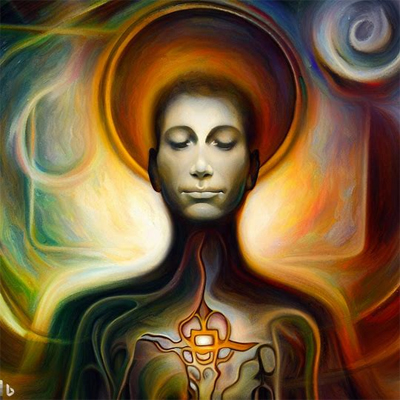Introduction:
Carl Jung, a pioneering figure in the field of psychology, introduced the concept of archetypes, which have greatly influenced our understanding of the human psyche. Among these archetypes, the anima archetype holds profound significance. This article delves into Carl Jung’s anima archetype, its relevance in psychoanalysis, and how it is utilized to unravel the complexities of feminine energy and personal growth.
Understanding the Anima Archetype:
In Jungian psychology, the anima archetype represents the unconscious feminine energy within the male psyche. It embodies the essence of femininity, encompassing a wide range of qualities such as intuition, emotion, creativity, and relational capacities. The anima archetype serves as a bridge between the conscious and unconscious realms, influencing a man’s perceptions, relationships, and psychological well-being.
The Importance of Anima Integration:
Jung emphasized the significance of integrating the anima archetype as part of an individual’s journey towards wholeness. Integration involves recognizing, understanding, and integrating the unconscious aspects of femininity into conscious awareness. By acknowledging and embracing the anima, men can develop a more balanced and harmonious relationship with their inner feminine energy, leading to increased self-awareness, creativity, and emotional intelligence.
The Manifestation of the Anima:
The anima archetype manifests itself in various ways, including dreams, fantasies, projections onto others, and interpersonal dynamics. It often appears as an inner image of a woman, symbolizing the unconscious feminine qualities that need to be integrated. The anima can take on different forms, representing different aspects of femininity, ranging from nurturing and supportive to mysterious and seductive. The integration of the anima involves engaging with these images and understanding their symbolic significance.
Anima and Relationships:
The anima archetype plays a crucial role in shaping an individual’s relationships, both with others and with themselves. Unintegrated anima projections can lead to idealization or objectification of women, creating unrealistic expectations and hindering authentic connections. By recognizing and integrating the anima, men can develop more authentic, balanced, and fulfilling relationships based on genuine understanding and appreciation of the feminine.
Anima Development and Psychological Growth:
Psychoanalysis provides a rich framework for exploring and integrating the anima archetype. Through therapeutic techniques such as dream analysis, active imagination, and dialogue, individuals can uncover the unconscious elements of the anima and gain insight into their influence on personal experiences and relationships. By engaging in this process, individuals can navigate inner conflicts, heal wounds, and foster personal growth.
Transference and Countertransference:
The exploration of the anima archetype in psychoanalysis often brings forth transference and countertransference dynamics. Transference occurs when individuals project their unconscious anima images onto the therapist, evoking intense emotions and patterns reminiscent of past relationships. Countertransference, in turn, reflects the therapist’s emotional responses and projections onto the client. These dynamics offer opportunities for deeper understanding and integration of the anima archetype within the therapeutic relationship.
Personal Growth and Self-Actualization:
Integrating the anima archetype is a transformative process that leads to personal growth and self-actualization. By embracing and understanding the feminine aspects of the psyche, individuals expand their capacity for empathy, creativity, and emotional depth. Integrating the anima opens doors to new perspectives, inner balance, and a more profound connection with oneself and others. It cultivates an authentic expression of masculine and feminine energies, allowing for a more integrated and fulfilling life.
Conclusion:
Carl Jung’s anima archetype remains a valuable concept in psychoanalysis, shedding light on the depths of feminine energy within the male psyche. Through the integration of the anima, individuals can access the richness of the unconscious feminine, fostering personal growth and psychological well-being. The exploration and integration of the anima archetype provide individuals with a pathway to develop a deeper understanding of themselves, their relationships, and their creative potential.
Psychoanalysis serves as a valuable tool in this process, offering techniques and insights that facilitate the exploration and integration of the anima. By embracing the anima archetype, individuals can embark on a transformative journey towards self-discovery, emotional intelligence, and a more authentic expression of their true selves.
Ultimately, the integration of the anima archetype leads to a harmonious integration of masculine and feminine energies, fostering personal growth, wholeness, and a profound sense of connection with the world.
Hits: 28

